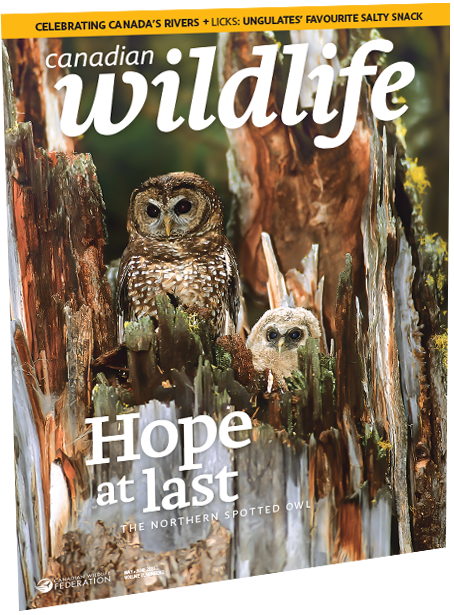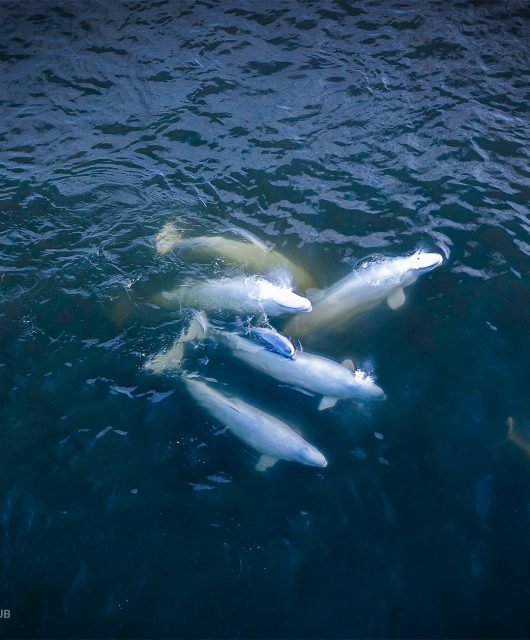A new University of Winnipeg report has mapped a future of ever-increasing heat waves… unless we curb carbon emissions
MAPS TALK. MODERN ONES DESCRIBE TODAY’S realities. Those from ancient eras chronicle how people saw the world then. In other words, maps trace the evolution of human thought.
That’s been going on for thousands of years. Take the description in Homer’s epic poem the Iliad of the shield carried by the mighty warrior Achilles. It is one of the earliest maps attempting to depict the planet as a whole. Forged by the blacksmith-god Hephaestus, it portrays all life — cities, fields, harvests, livestock, people — encircled by Oceanus, a divinity representing the sea. Crossing the sea, the limit of the living world, meant entering the murky world of the dead.
By medieval times, many maps, like the 10-centimetrewide Psalter World Map (ca. 1260), depicted Jerusalem at the centre of the world and Jesus to the east (which is at the top), standing in judgment. Maps were not just about the shape of the world but also about the values of the people of the time.
Fast-Forward to Today
Now, our maps give us almost unimaginable detail about the structure of our planet and the life forms that live on it, aided by satellites. We can chart the architecture of the ocean floor and its currents, the reach of the deserts and the sea ice, the wonders of the highest peaks. We can even bring the ghosts of continents back to life from hundreds of millions of years ago and track their movements over eons. The maps we make reveal how fascinated we are with knowing how the Earth itself is evolving.
And they reveal a craving for instant access and context. A few taps of the smartphone and we know how many steps to the nearest pizza parlour or bus stop. We can always know where we are and how to get somewhere else.
So consider the implications of the online Climate Atlas of Canada, which came out last year and was updated in July. It combines climate models with mapping, telling a detailed story about how the extra carbon load in the atmosphere is affecting daily life in our country — and how it will continue to do so if we keep piling carbon into the air the way we are now. It’s interactive. And forward-looking. So you can play with it, plugging in different variables and catching a glimpse of what Canada will feel like in the future. In August, the University of Winnipeg’s Prairie Climate Centre issued a report to go along with the atlas looking at just one facet of the whole: heat waves, which are defined as at least three days in a row with temperatures of 30 C or higher.
The report, Heat Waves and Health, paints a devastating big picture. Heat waves will become “longer, hotter and more frequent,” the report says. Astonishingly, Yellowknife will have them. So will Victoria and Vancouver. Across parts of Canada, extreme heat will last for weeks on end.
But, as always with maps, it’s the details that shock the most. By the period from 2051 to 2080, my hometown of Regina is expected to have 23 days a year clocking in at 34 C or more, up from an average today of just three days.
Halifax, that temperate jewel on the Atlantic Ocean, will see a dozen days a year at more than 30 C, up from just one now.
And while the heat waves will be a death sentence for wildlife and maybe even ecosystems, they will be awful for the human species, too.
Montreal was so furnace-like in the summer of 2018 that 66 people died, mainly older men living alone. And it’s only going to get worse as the carbon load in the atmosphere rises, the report says.
Extreme heat puts stress on the heart and lungs. Drought from the heat can increase the incidence of water-borne diseases and impair the quality of drinking water. Heat-sparked wildfires can pollute the air.
Simply put, the way we’re heating up the planet is dangerous for human health. And these maps put both a number and a timeline on how bad things will get.
To me, it’s a dreadful sign of the times. The maps of old were trying to describe the world as people understood it to be, embedded in a philosophy of how they thought life should be.
Today, we are no longer trying to describe the physical reality of our planet. Instead, we are making maps that tell us, in excruciating detail, how our own actions are putting us at risk. And this is where all those millennia of evolving human thought have brought us.
I can’t help wondering what Homer or those medieval map-makers would make of it.

Reprinted from Canadian Wildlife magazine. Get more information or subscribe now! Now on newsstands! Or, get your digital edition today!




